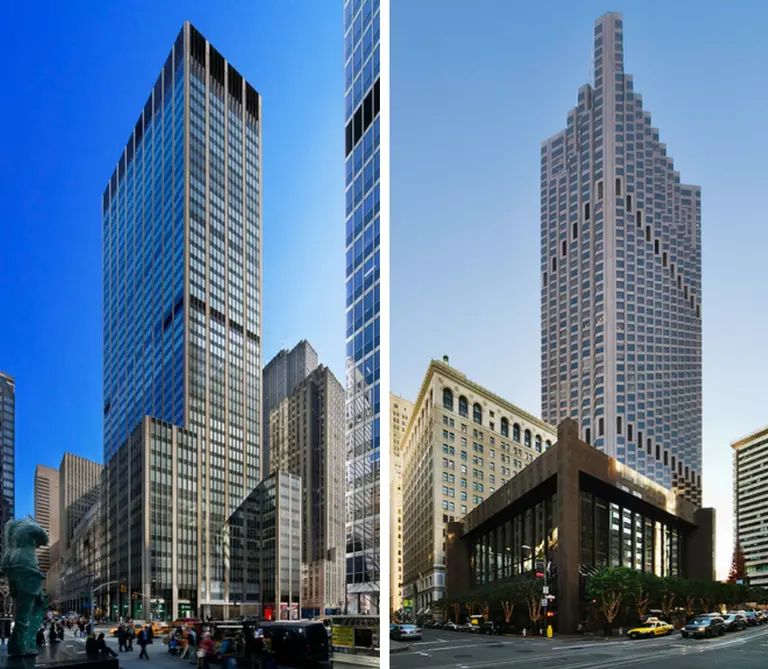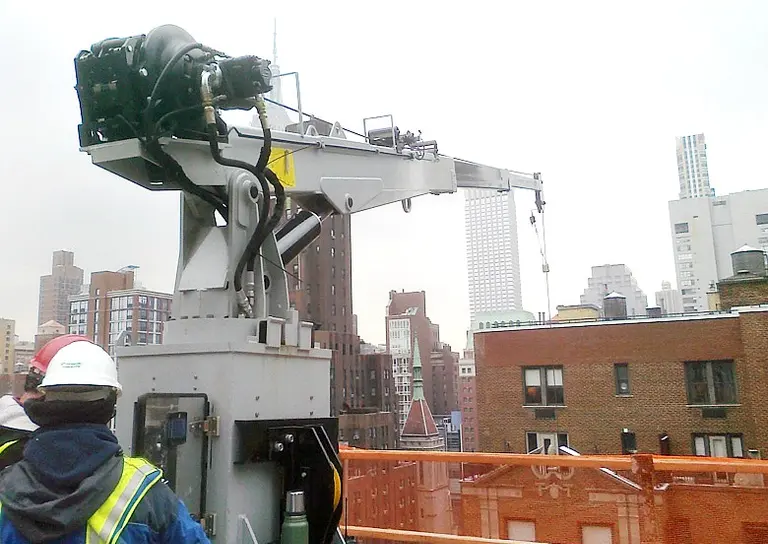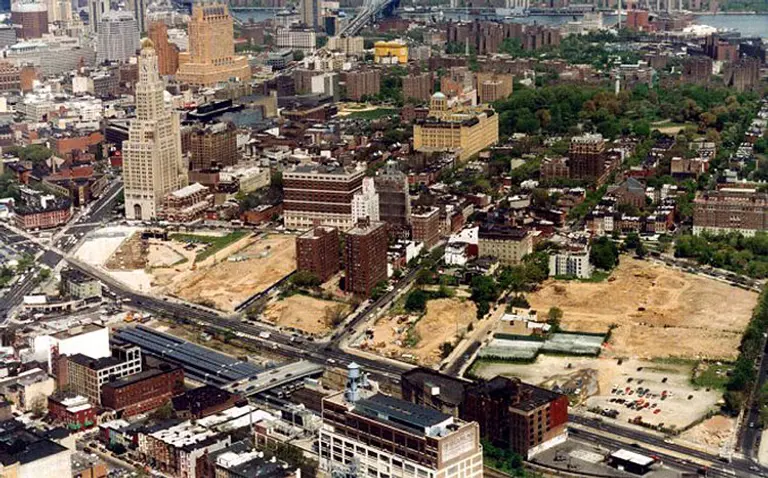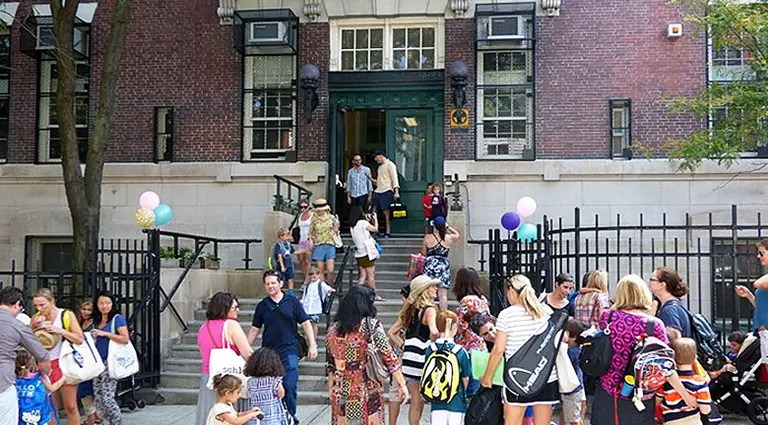Local Governments Say State Law Gives MTA Too Much Zoning Freedom
READ MORE

1290 Avenue of the Americas in NYC (L); 555 California Street, formerly Bank of America Center, in San Francisco (R); Images courtesy of Vornado

Image: Fort Greene Park Conservancy

The Skypicker in use, via JOMAC
Scaffolding is more often than not seen as a nuisance and a blight, but the reality is that what’s going on behind all that metal, wood and mesh is a major necessity to keeping us all safe. While most of us wouldn’t give a second thought to taking a seat in front of a fully-constructed […]

The Atlantic Yards (now known as Pacific Park) in Brooklyn where eminent domain was used to take property. Image via Atlantic Yards Report

Photo by Mary Frost of the Brooklyn Eagle